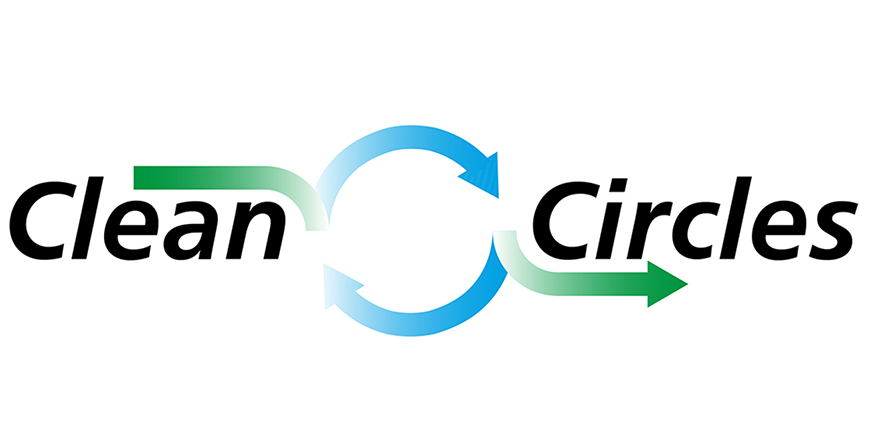Exploring the electrochemical reduction: iron particle dissolution
New publication in Chemical Engineering Science
2024/03/04
The evolution of the particle morphology during dissolution follows three different phases.
Electrochemical reduction of iron oxides is a promising route to storing renewable energy in iron. By dissolving the iron oxide and using electrolysis, higher overall efficiencies are possible than with thermochemical reduction using green hydrogen.
Lausch and collaborators at Clean Circles studied the dissolution behavior of ferric oxide particles using oxalic acid. It was found that the process can be separated into three phases, whose contribution to the dissolution depends on temperature, light exposure, hydrodynamic boundary conditions and morphological particle characteristics.
The pulications
M. Lausch, P. Brockmann, F. Schmitt, B. J. M. Etzold, and J. Hussong, “In-situ iron oxide particle size and shape evolution during the dissolution in oxalic acid,” Chemical Engineering Science, vol. 289, p. 119864, May 2024, doi: 10.1016/j.ces.2024.119864.



